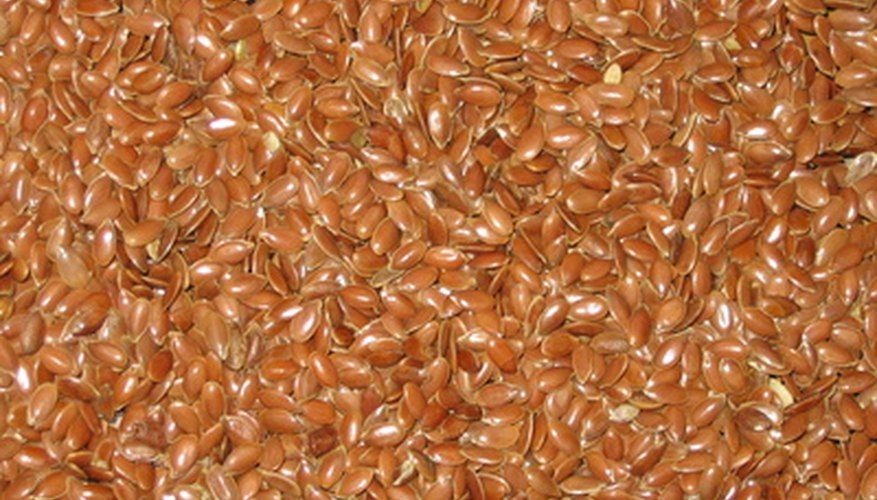Linseed oil, pressed from flax seeds, is a powerful but slow-drying wood sealer and preservative that is difficult, though not impossible, to paint over. When painting linseed oil over wood, the types of linseed oil and paint used influence the appearance and mildew resistance of the finished job, as do certain factors and conditions relating to the application of the oil and paint.
Oil Based Vs Acrylic Paints
While oil-based paints will stick to an acrylic or water-based primer, acrylic paints will not stick to an oil base such as linseed oil. The resulting paint job is likely to produce mould and mildew that feeds on the linseed oil and seeps through the paint to the exterior.
Slow-Drying On Wood
Raw linseed oil applied to wood dries extremely slowly, typically taking weeks to cure and sometimes remaining gummy, tacky and sticky or soft like a cloth long after that. Linseed oil is particularly slow to dry in moist climates and during the more humid seasons. Linseed oil dries on wood fastest and most thoroughly during hot and dry weather.
Working With Linseed Oil On Wood
If applying linseed oil before painting, wait 15 minutes after applying and then wipe off all excess oil with a dry cloth. If you don't want to go over a sealing job wiping off excess linseed oil that hasn't dried, try mixing it with equal parts paint thinner before applying. If painting a completely dry wall previously coated in linseed oil, sand it down first. If the sandpaper gums up then there's too much linseed oil on the surface for it to take paint properly and that oil should first be removed.
- If applying linseed oil before painting, wait 15 minutes after applying and then wipe off all excess oil with a dry cloth.
- If you don't want to go over a sealing job wiping off excess linseed oil that hasn't dried, try mixing it with equal parts paint thinner before applying.
Boiled Linseed Oil
So-called boiled linseed oil is not actually boiled at all but rather made with certain chemical solvents called driers added to produce results similar to boiling, such as a quicker drying time. If using linseed oil on wood as a preservative and sealer prior to painting, boiled linseed oil is easier to work with and will likely produce a finer looking and lasting result than raw linseed oil.
Linseed Paint
Paint manufacturers have found a way to maintain the preserving and sealing qualities of linseed oil without the drying problems and mould and mildew issues by creating linseed oil-based paint. Linseed oil paint does take longer to dry than other oil-based paints, but once dry, it provides a more evenly coated appearance.
